Today, our ship visited its final port of call, the small village of Mahahual in the state of Quintana Roo, located in the extreme southeast of continental Mexico, near the border with Belize.
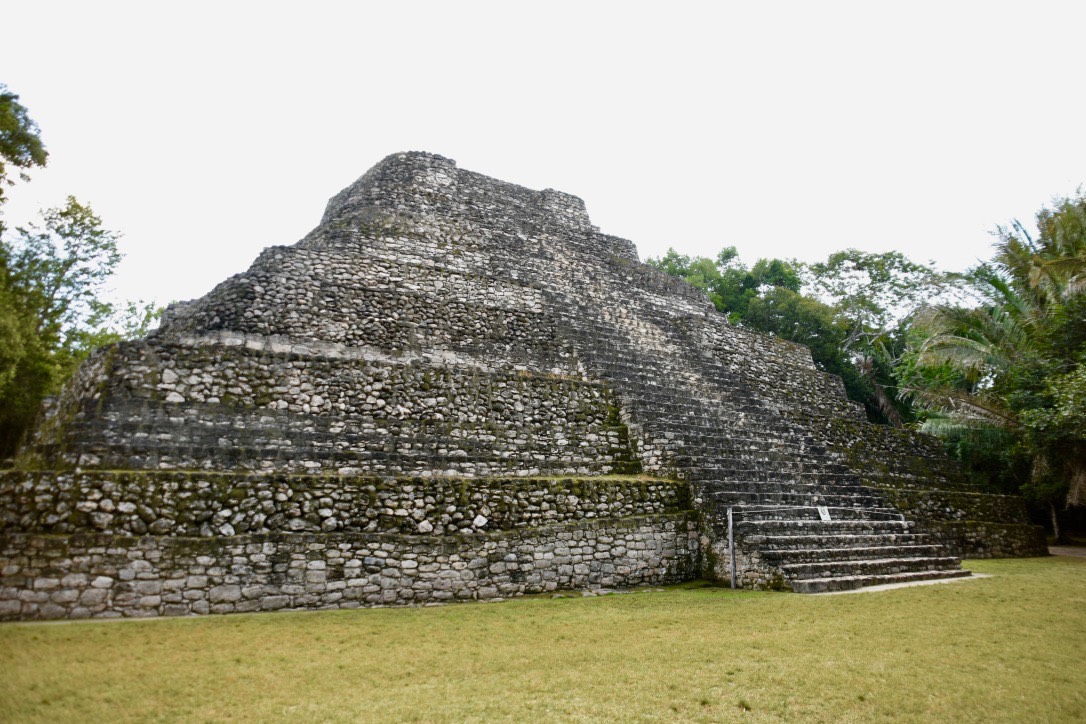
We met our guide, Leo, at the end of the pier, and set off in our Nissan van for the hour-long journey to the archaeological site of Chocchoben, home to an ancient Mayan city. Nobody knows the original name of the city, so the site takes its name from a nearby Mayan village. The name means “place of the red corn.”
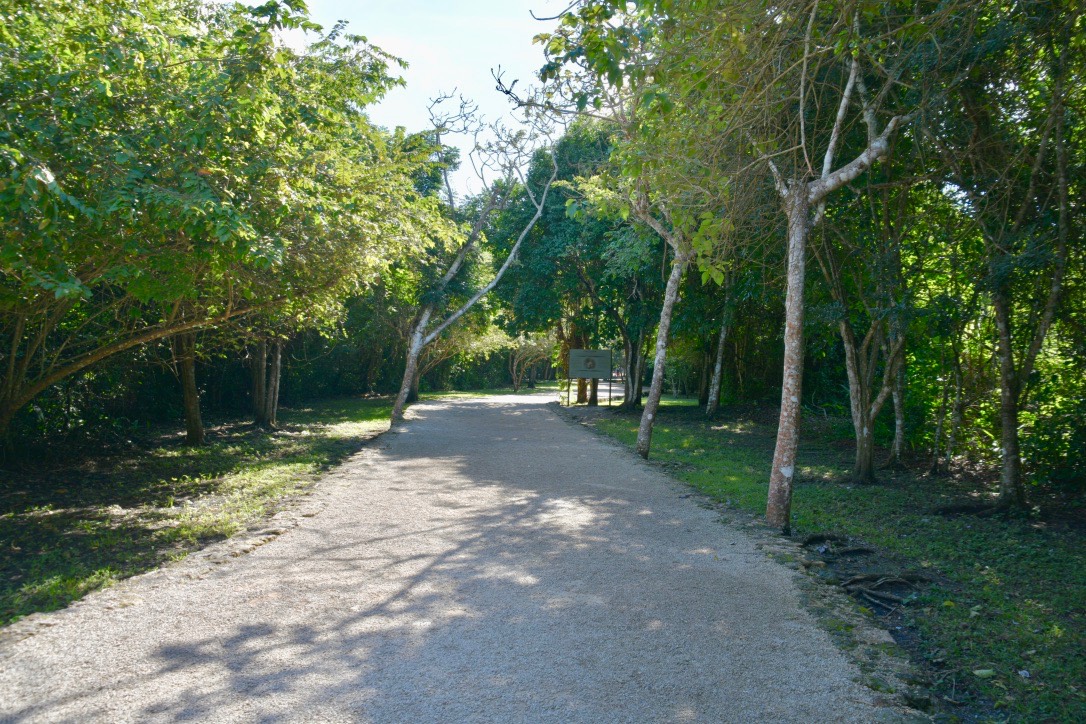
Most of Chocchoben’s structures were originally built between 200 BCE and 300 CE, and were continually rebuilt and expanded by the Mayans over the years. The city is situated in the middle of a dense rainforest, and the city was buried entirely underground for centuries until an American archaeologist discovered the site in 1970. The site was partially restored and opened to the public in 2002.
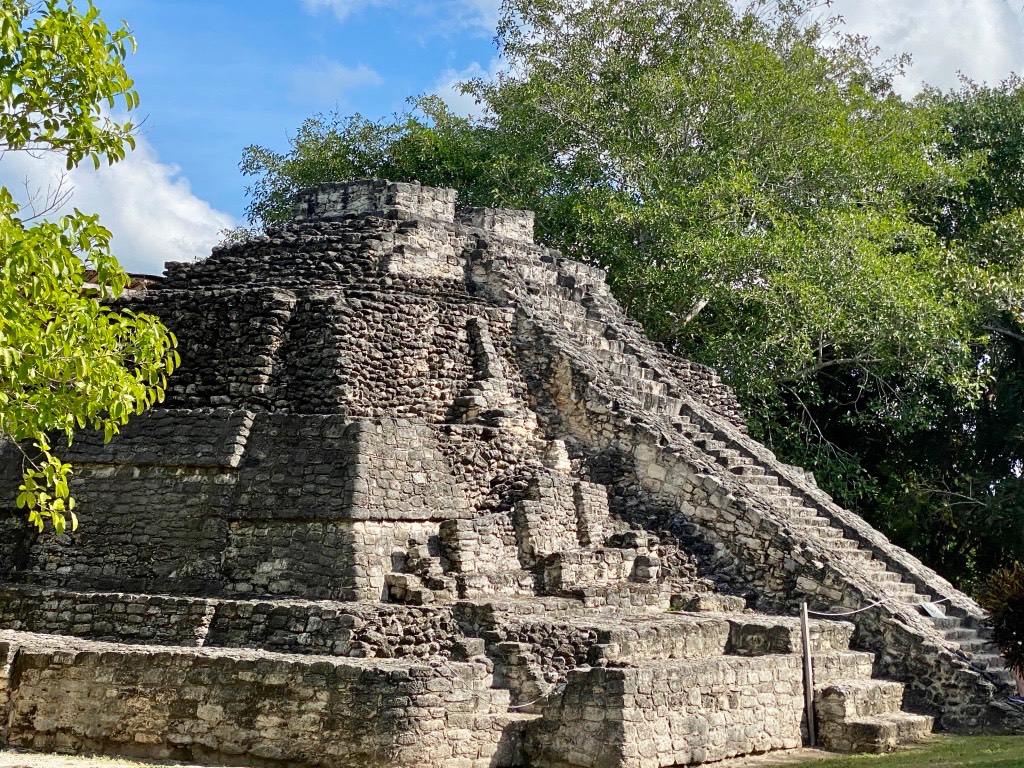
The three main structures on the site that have been fully excavated and restored are temples built to honor the sun, moon, and planet Venus. The Mayan people believed that the motion of heavenly bodies influenced every aspect of life on Earth, and the temples served a dual purpose as both religious monuments and places where astronomers could easily see the heavens.
The Mayans, remarkably without the help of telescopes, had one of the most advanced understandings of astronomy in the ancient world. Their calculations of the duration of the Earth and moon’s orbits were found to be just 15-20 seconds off from NASA’s official calculations, made with the help of atomic clocks. The Maya also were extremely advanced mathematicians; their base-20 number system was responsible for important advances such as the number zero and the concept of place value.
Mayan culture and language is still alive and well in Mesoamerica today. About 50% of people in the Mexican state of Quintana Roo still speak a Mayan dialect as a first language.
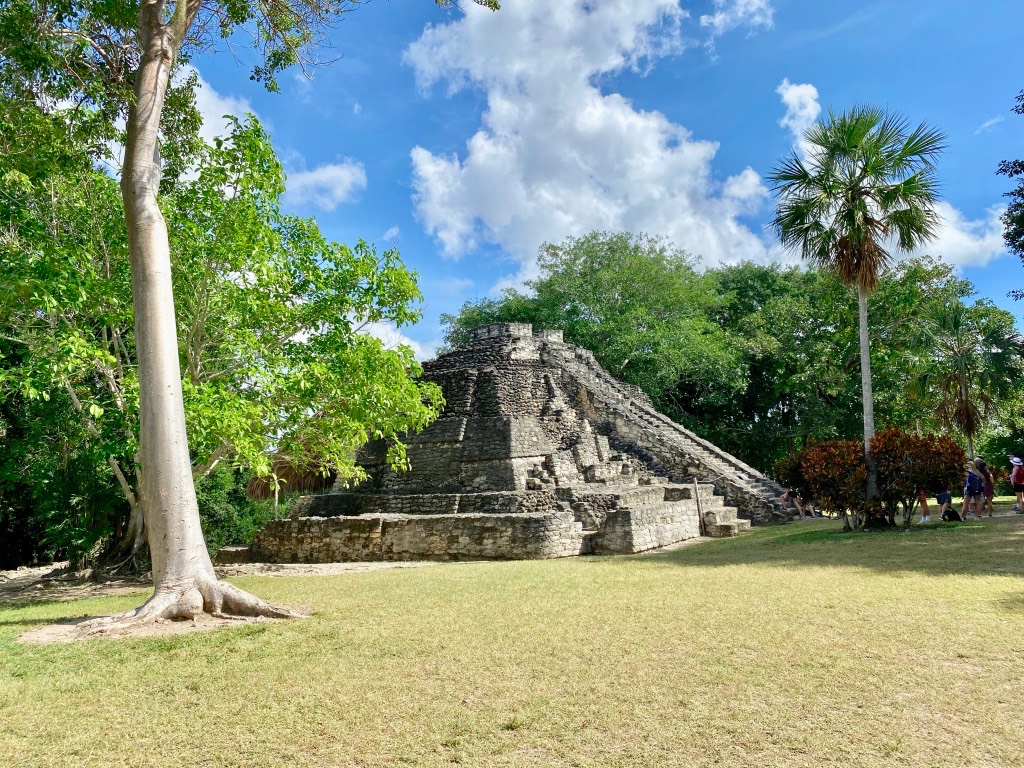
Here, the temple dedicated to the moon. Though the temples are bare stone today, they were originally painted in brilliant reds and blues. Small fragments of the original red stucco that once covered the entire structure remain in place on the back side of this temple.
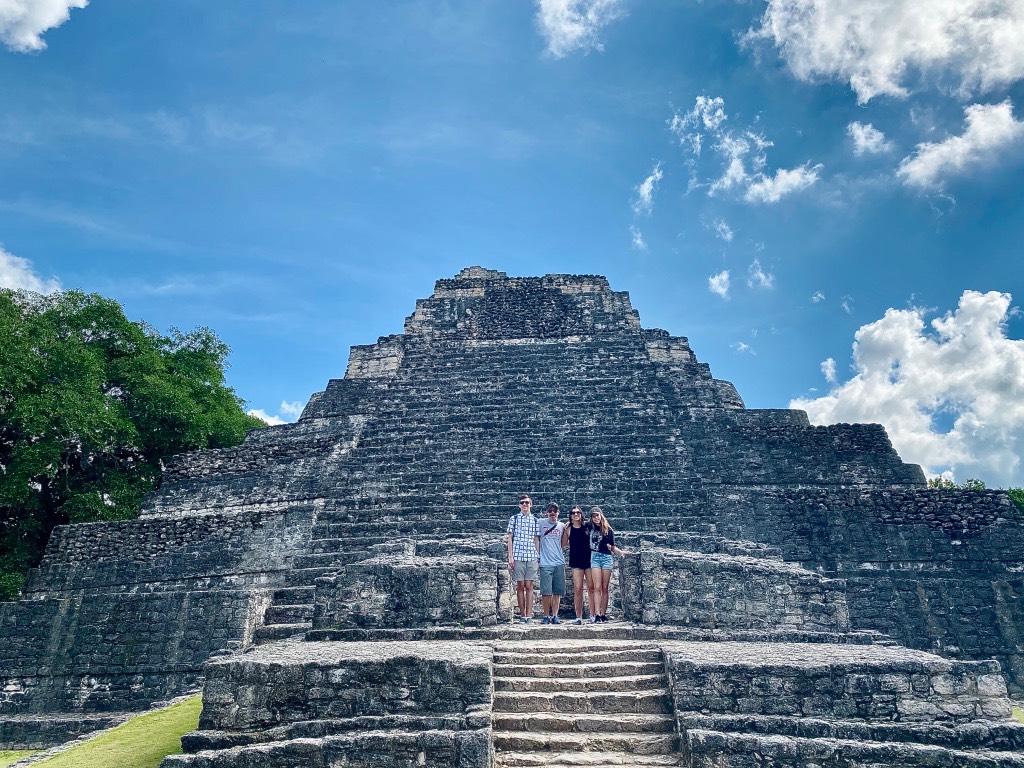
The sun god was the most important deity in the Mayan religion, so the temple dedicated to the sun is the largest and grandest on the site. These temples are built of completely solid limestone; there are no hidden rooms or chambers inside.
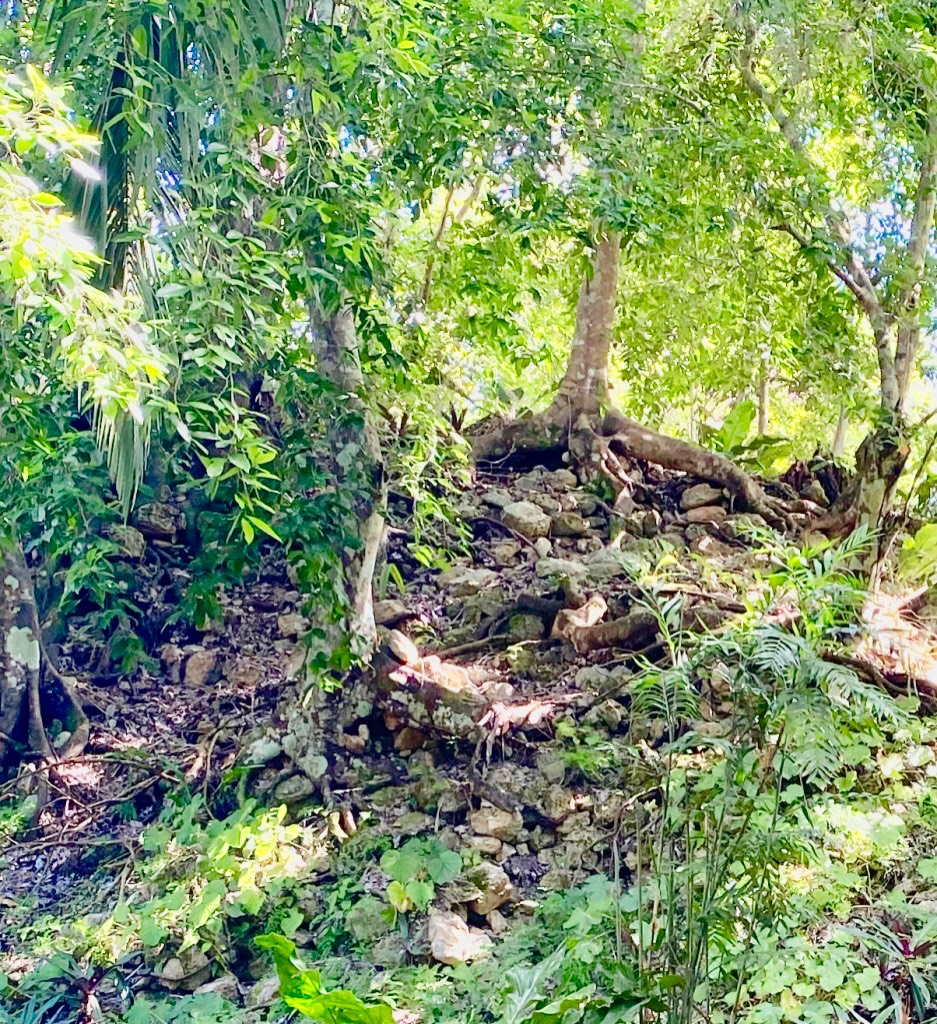
The terrain surrounding Chocchoben is completely flat, so these small “hills” which dot the site are actually stone structures that have been buried over time. Only about 5% of known Mayan ruins have been excavated. The remaining 95% remains buried underground, as this small building does.
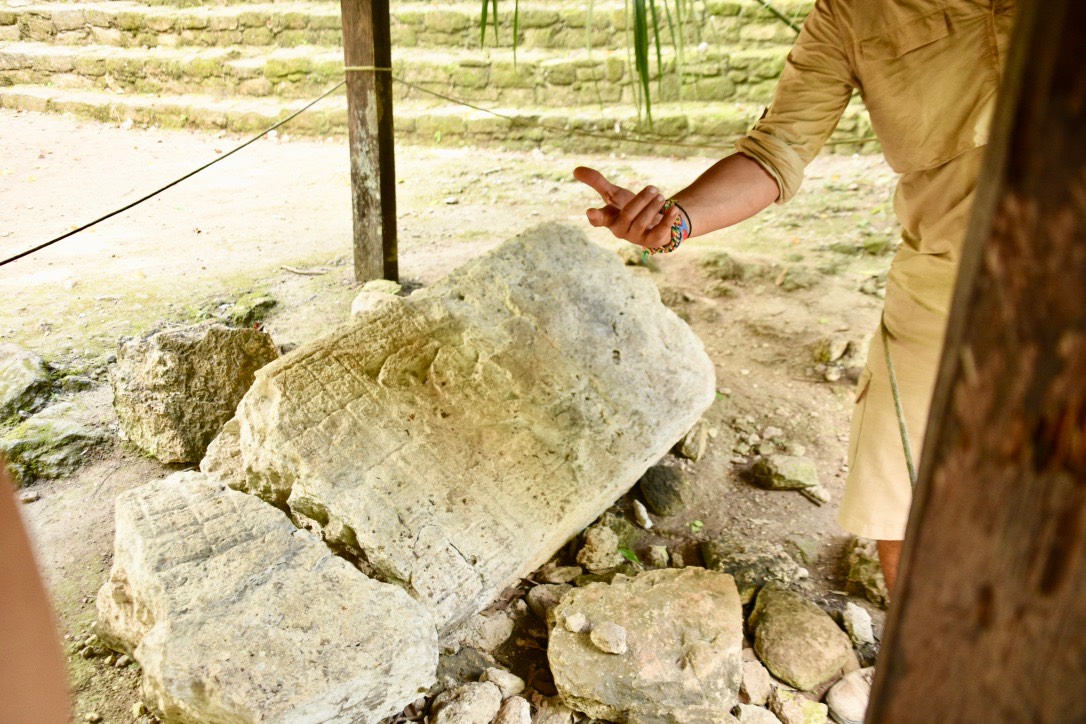
When the Spanish arrived in Mesoamerica in the 16th century, they destroyed many of the paper records that Mayan cities kept. Much of what we know about Mayan civilization comes from stelas, or stones, like this one, which are carved with glyphs and were used to record important events.
After a short stop at a habañero plantation,
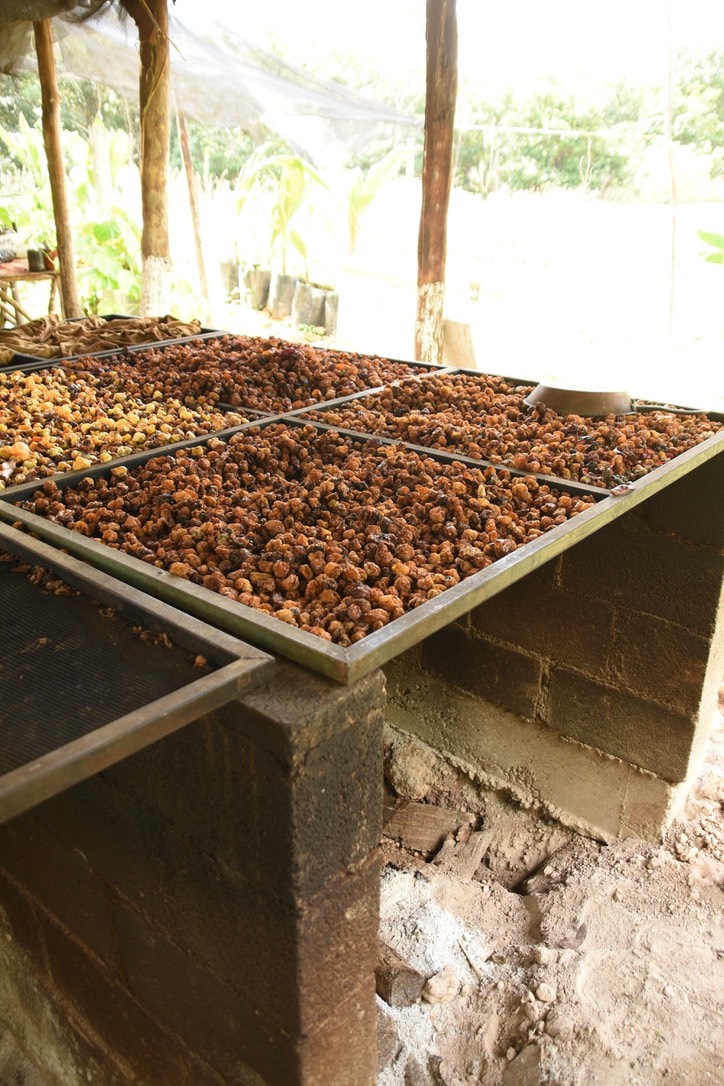
we returned to the tiny (population: roughly 3,500) seaside village of Matahual, where we ate lunch at Restuarant Sulumar. Much of the land in Matahual has been snatched up by developers from other parts of Mexico and from overseas, as the port of Costa Maya has expanded over the years (it now can accomodate four cruise ships at one time). This restaurant is the last in the village that is still owned and operated by locals.
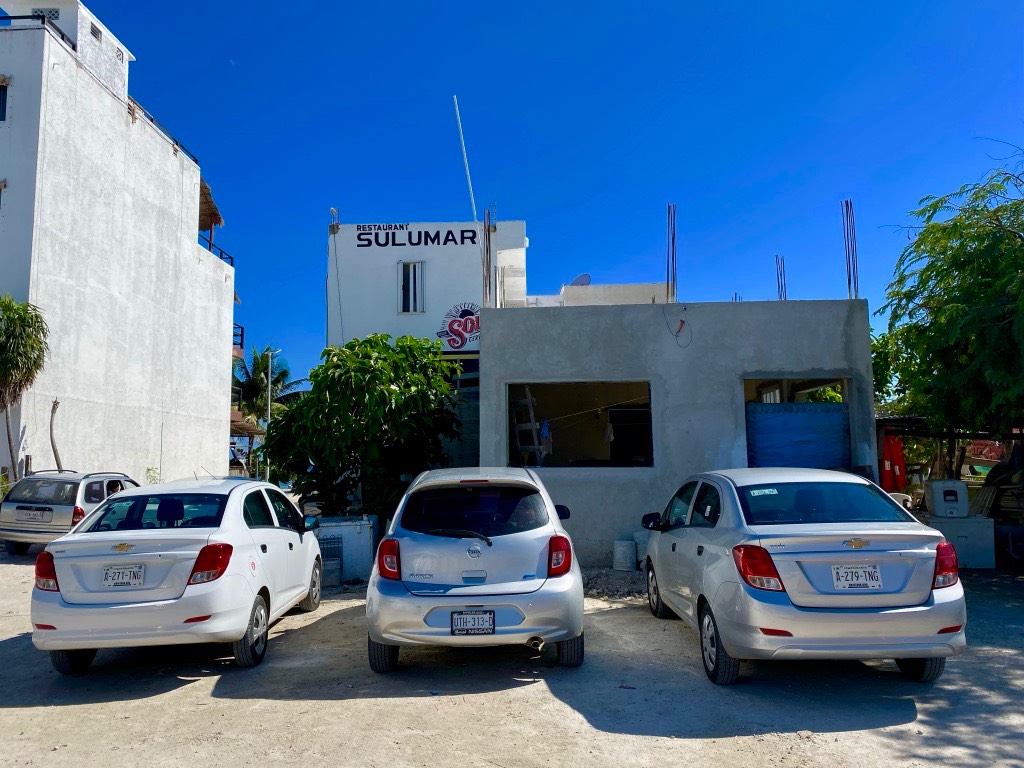
We had a delicious meal of chips and guacamole, quesadillas, and burritos (all made with natural and local ingredients). The village of Matahual has beautiful beaches with crystal-clear water, and this stretch of coastline is home to the Mesoamerican Barrier Reef, the world’s second-largest. The reef stretches from Nicaragua all the way to Mexico, but its future is uncertain. Experts say that in twenty to twenty-five years, the reef will be completely dead.
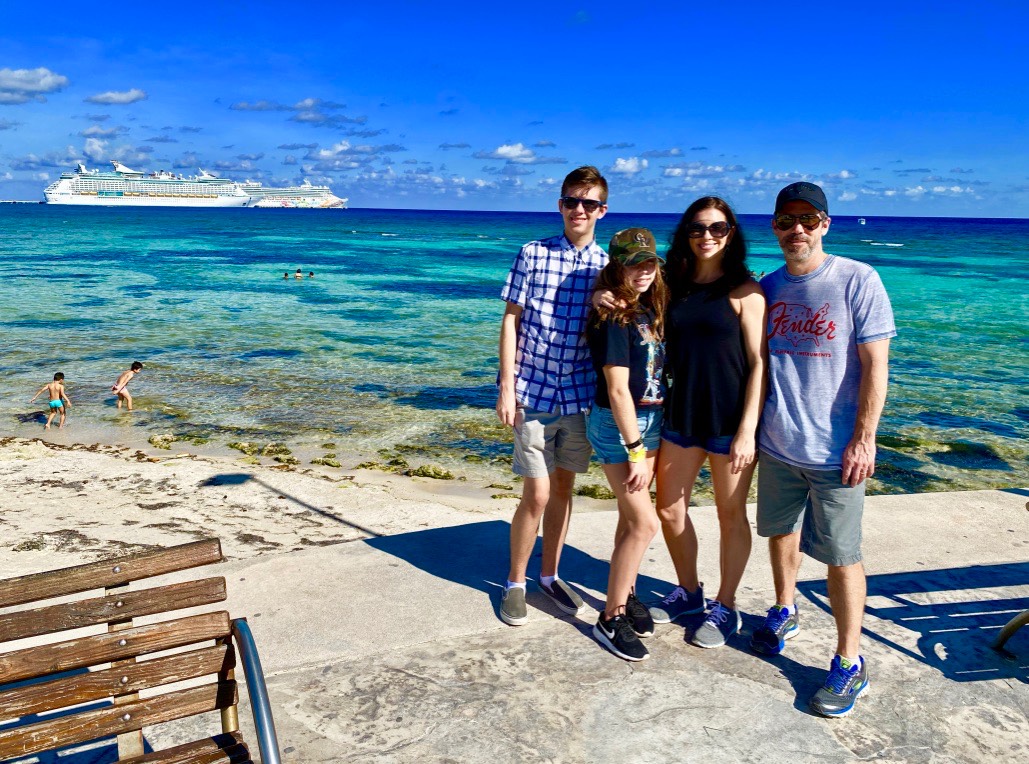
It is said that in this lagoon, one can see seven distinct shades of blue.
Four cruise ships were visiting Costa Maya today: the Celebrity Reflection, Adventure of the Seas, Norwegian Escape, and our own Norwegian Pearl. Each one of those ships has a population many times larger than that of Matahual. The explosion of tourism in this part of the Yucatan peninsula has been good for the local residents in many ways, but the local infrastructure cannot always support the arrival of these massive floating hotels. When multiple large ships arrive in port, local authorities shut off water and Internet service to the village and divert it to the port facilities.
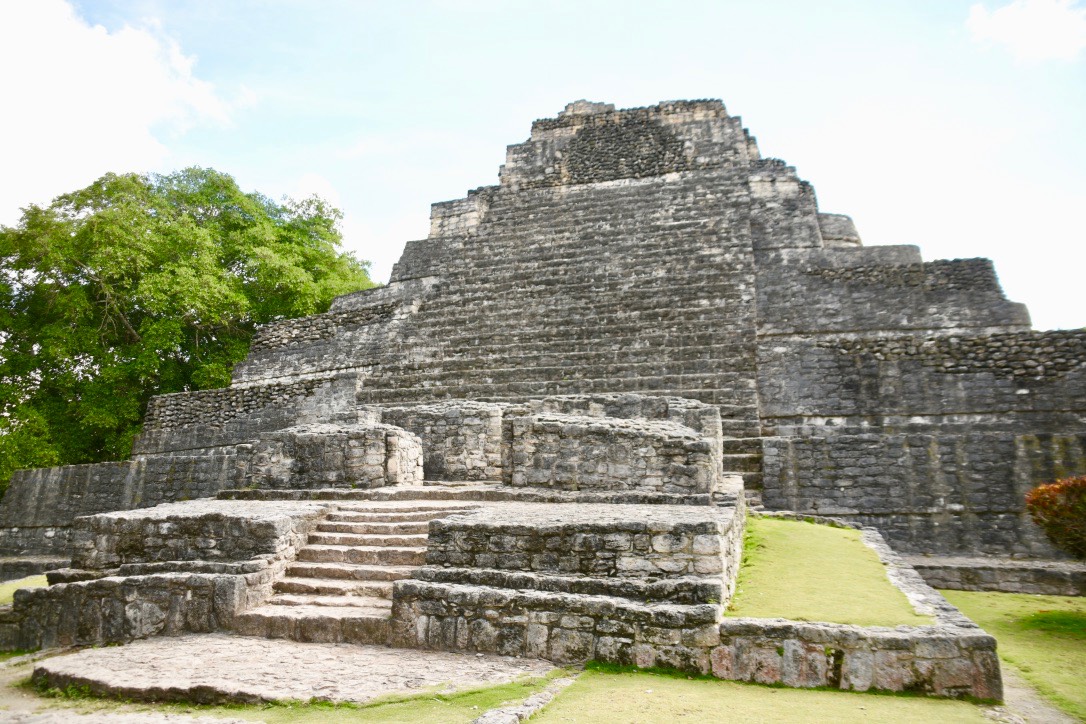
This part of Mexico, once completely inaccessible by land and cut off from the rest of the world, is ridiculously beautiful, but its beauty is endangered. As more and more tourists arrive, the culture of this place becomes increasingly at risk. Just as the spectacular barrier reef is slowly dying, so is the way of life that the villagers of Matahual once enjoyed. What were once serene shores are now swarmed with thousands of visitors from afar, and the traditional dwellings in the village are giving way to concrete luxury hotels, built by American and Chinese corporations. I am glad that I got to see Costa Maya as it is now, before it transforms into the next Cancun or Puerta Vallarta.
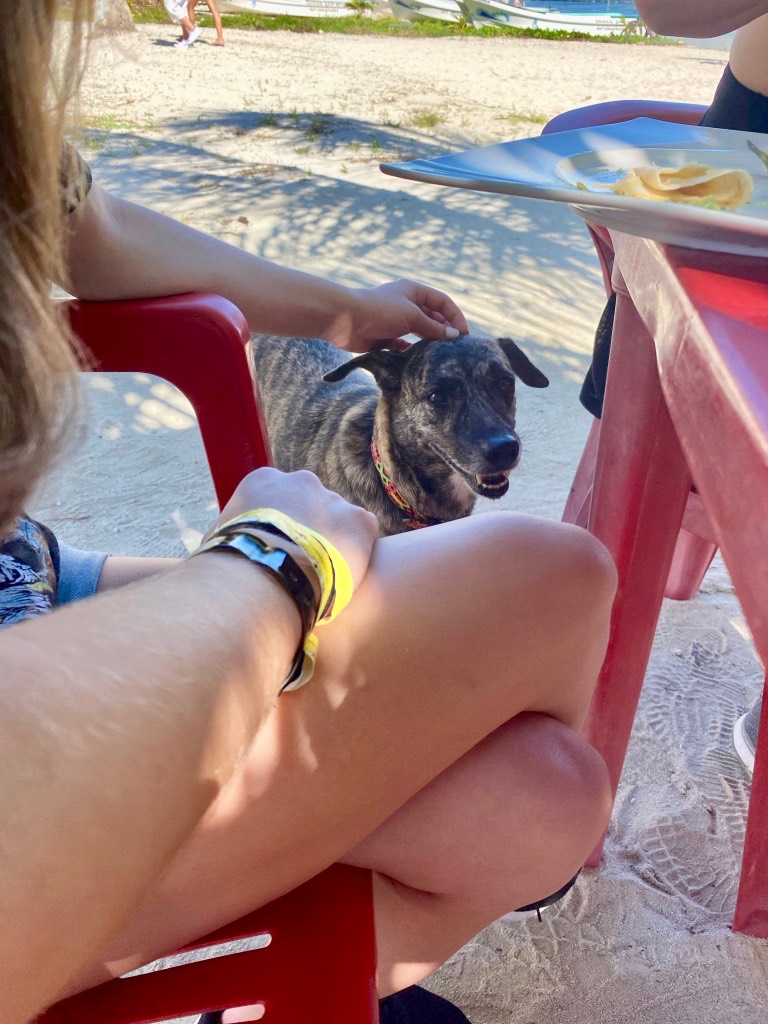
Perrito de Mexico!